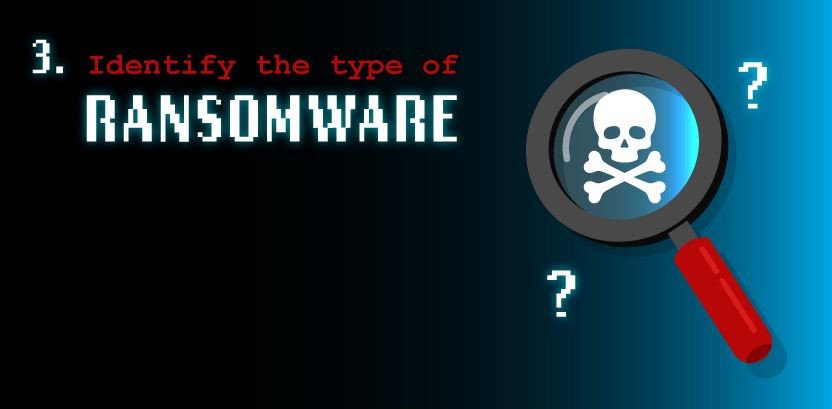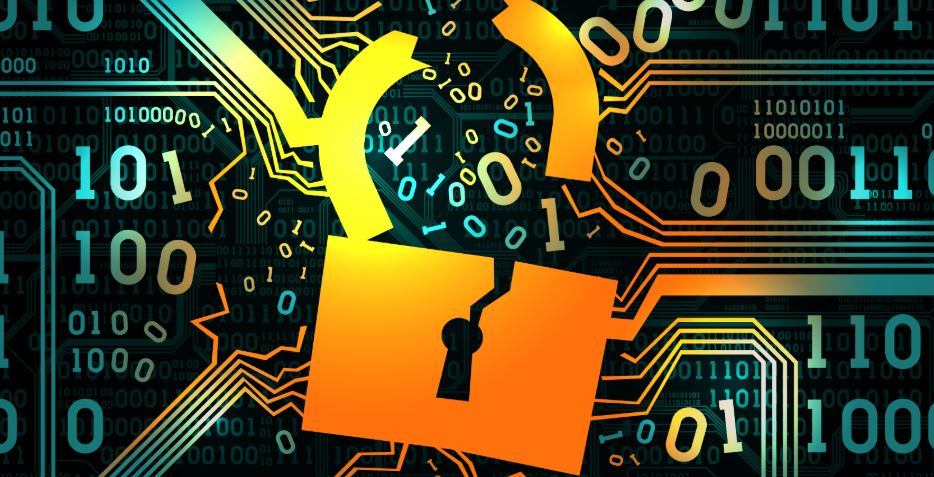Ransomware is one of the most dangerous forms of malware, encrypting victims’ files and demanding a ransom for decryption. Identifying the type of ransomware is crucial for finding the best recovery method. This guide explains how to determine the ransomware affecting your device and the tools available for analysis.
What is Ransomware?
Ransomware is a malicious software that encrypts files and demands payment for their release. It typically spreads through phishing emails or malicious links, locking access to critical data.
Why Identifying Ransomware Matters
Knowing the ransomware type helps in:
- Finding decryption tools: Some ransomware variants have free decryption solutions.
- Assessing the threat level: Some strains demand hefty ransoms, while others are less severe.
- Understanding the attack source: Identifying the variant helps prevent future infections.

Methods to Identify Ransomware
- Using Online Ransomware Analysis Tools
- No More Ransom: Contains a large database of ransomware and decryption tools.
- ID Ransomware: Allows users to upload encrypted files or ransom notes for analysis.
- Analyzing the Ransom Note
- The ransom message often contains email addresses or specific wording that reveals the ransomware variant (e.g., “Dharma” or “Locky”).
- Checking Encrypted File Extensions
- Many ransomware strains add unique extensions to encrypted files (e.g., “.locky” or “.crypt”), which can be used to identify the malware.
- Using Antivirus Software
- Advanced security tools like Malwarebytes and Bitdefender can scan infected files to determine the type of ransomware.
Ransomware Identification Tools
- ID Ransomware: Upload samples for instant analysis.
- Crypto Sheriff: Provided by No More Ransom to detect ransomware types.
- VirusTotal: Scans suspicious files and ransom notes for malware identification.
Steps to Handle Ransomware After Identification
- Look for Decryption Tools
- Some ransomware variants have free decryptors available on sites like No More Ransom.
- Restore from Backup
- If you have a recent backup, you can remove the infection and recover files without paying a ransom.
- Avoid Paying the Ransom
- Paying doesn’t guarantee file recovery and encourages more attacks.
- Reformat the Device (if necessary)
- In severe cases, reformatting the system may be the only option, so always back up important data.
Preventing Ransomware Attacks
- Enable Firewalls: Protects against unauthorized access.
- Keep Software Updated: Fixes vulnerabilities that attackers exploit.
- Avoid Suspicious Links and Attachments: Do not open unknown email attachments.
- Use Antivirus Protection: Invest in reliable security software.
- Regular Backups: Maintain offline and cloud backups for data recovery.

Conclusion
Identifying the ransomware type is crucial for taking the right recovery steps. By leveraging online tools and security practices, you can mitigate the damage and enhance protection against future threats. Stay proactive in cybersecurity to safeguard your digital assets.